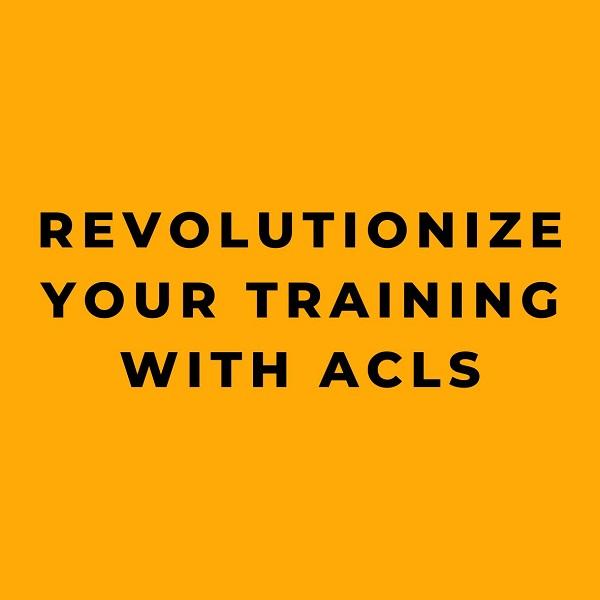Advanced Cardiac Life Support (ACLS) is a critical medical procedure that plays a pivotal role in saving lives during emergency cardiac events. As technology continues to evolve, the techniques and tools used in ACLS are also undergoing significant advancements. In this comprehensive guide, we will explore how ACLS training is being revolutionized with the incorporation of emerging technologies and innovative training methods.
Introduction to ACLS and Its Importance
ACLS is a set of clinical interventions for the urgent treatment of cardiac arrest, stroke, myocardial infarction, and other life-threatening medical emergencies. It involves a systematic approach to managing and treating these conditions, with a strong focus on providing timely and effective resuscitation to patients in distress.
The importance of ACLS training cannot be overstated, especially in the field of healthcare where every second counts in critical situations. Trained healthcare professionals equipped with ACLS skills have a higher likelihood of saving lives, providing timely interventions, and ensuring better patient outcomes. Additionally, ACLS training instills confidence, enhances career prospects, and adds significant value to a healthcare professional’s skill set.
Revolutionizing ACLS Training with Emerging Technologies
1. Integration of Artificial Intelligence (AI) in ACLS
AI-assisted diagnostics are revolutionizing ACLS procedures by enabling healthcare providers to identify subtle changes in patients’ vital signs that may go unnoticed. Advanced AI algorithms can analyze complex data patterns and provide real-time insights, aiding in early detection and intervention in emergency situations.
2. Advanced Monitoring Systems
The development of advanced monitoring systems has significantly improved the quality of ACLS procedures. Real-time patient data and vital sign monitoring allow healthcare professionals to make informed decisions and provide targeted interventions, ultimately leading to better patient outcomes.
3. Virtual Reality (VR) for ACLS Training
VR technology is being increasingly integrated into ACLS training programs, offering a highly immersive and interactive learning experience for healthcare professionals. VR simulations allow learners to practice ACLS skills in a realistic virtual environment, enhancing their proficiency and confidence in handling emergency scenarios.
4. Portable Defibrillators and Innovative Tools
The introduction of smaller, portable defibrillators and other innovative medical devices has made ACLS interventions more accessible, especially in remote or transport settings. These tools enable quick access to critical interventions, reducing response times and improving the overall effectiveness of ACLS procedures.
Challenges and Opportunities in the Advancement of ACLS
While the integration of emerging technologies in ACLS training presents numerous benefits, there are also challenges that need to be addressed. These include the cost of implementing new technologies, the need for comprehensive training and education for healthcare professionals, and the potential resistance to change within traditional healthcare settings.
However, the opportunities presented by these advancements are immense. From improving patient outcomes to enhancing the efficiency and effectiveness of ACLS interventions, the potential benefits of embracing new technologies and training methods are undeniable.
Conclusion
As ACLS continues to evolve, it is essential for healthcare professionals to stay updated with the latest advancements and undergo comprehensive training in the use of emerging technologies. The integration of AI, advanced monitoring systems, VR simulations, and innovative medical devices has the potential to revolutionize ACLS training, ultimately leading to better prepared healthcare providers and improved patient care.
In conclusion, revolutionizing ACLS training with emerging technologies is not just a trend, but a necessity in the rapidly advancing field of healthcare. By embracing these advancements, healthcare professionals can enhance their skills, improve patient outcomes, and contribute to the ongoing transformation of ACLS procedures. It is imperative for healthcare organizations to prioritize ACLS training and invest in the integration of emerging technologies to ensure the highest standards of care and resuscitation for patients in need.










